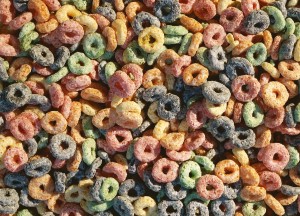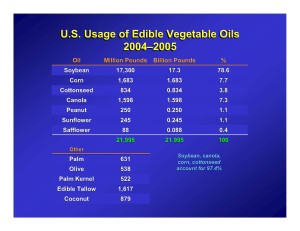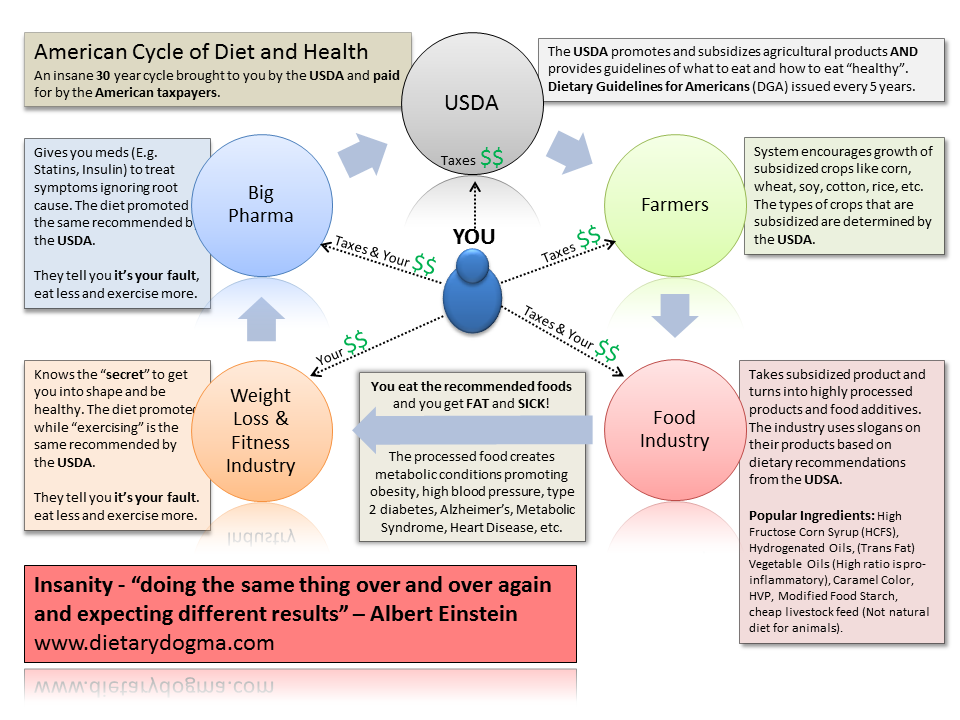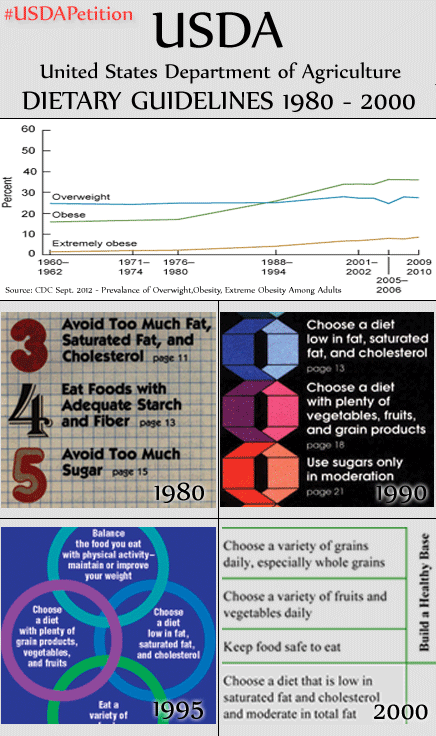We’ve been told the new Dietary Guidelines report is a step in the right direction. What if I told you that refined grains weren’t going anywhere!
Anyone who is interested in nutrition has probably read, or been a part of the discussion, related to the shit-storm that is the Dietary Guidelines Advisory Committee (DGAC) 2015 Report. This is the “science” that is provided to the government every 5 years. This science report goes to the Government, who is free to utilize various portions of it when the tax-payer provided cleaners don’t come and provide their Ultra-Plush Charmin Ultra toilet paper every Wednesday Morning.
Aside from various aspects of the report that I don’t agree (will reserve for future posts), I came across something that I had to read a few times because I was like “WTF is this!”. Given how favorable the “message” of the new DGAC 2015 report has been with mainstream nutritionists, I had to ensure that I was reading the right report. The PR message is: More veggies, fruits, Whole grains, less refined grains and sugars, cholesterol not a nutrient of concern, healthy fats are cool, etc.
When I actually read portions of the report another picture emerged. This picture ensures that grains (not whole by the way) continue to have a place at our breakfast and dinner tables. Praise National Breakfast Cereal day!
First, let’s begin with the overall conclusion found in Part D. Chapter 2:
…dietary patterns associated with decreased risk of CVD are characterized by higher consumption of vegetables, fruits, whole grains, low-fat dairy, and seafood, and lower consumption of red and processed meat, and lower intakes of refined grains, and sugar-sweetened foods and beverages relative to less healthy patterns.
Sounds like the future. Fat is not being labeled the enemy and sugar and refined grains are being put where they belong. They are being taken out of the base of the “Food Guide Pyramid of Failure” and put into the top, right?
Well, not really. Why? Because it could result in nutrient deficiency… WTF? Yes, not eating my morning bagel serving might put me at risk for nutrient deficiency.
The key finding from the 2010 DGAC modeling report was: “As shown by food pattern modeling, consumption of all grains as whole grains, without including any fortified whole grain products, would lower dietary folate and iron intake levels to less than adequate amounts for individuals in population groups who may be at high risk for inadequate intakes of these nutrients. Individuals are encouraged to consume most of their grains as fiber-rich whole grains, and when doing so, should select some of these fiber-rich whole grains as products that have been fortified with folic acid and possibly other nutrients”.
Hey that was about whole-grain Bill. It sounds OK so far. A little bit further down on this page
In its analysis, the 2005 DGAC reported that non-whole grains contributed important amounts of certain nutrients to the dietary patterns, including folate, iron, calcium, fiber, thiamin, riboflavin and niacin. The 2005 DGAC concluded that including only 3 oz eqs of whole grains, with no non-whole grains, in the food patterns would lower intake of many of these key nutrients and perhaps place certain individuals at risk of nutrient inadequacy.
However, the 2010 DGAC found that consuming all grains as whole grains would provide for nutrient adequacy in the patterns if fortified ready to eat (RTE) whole grain breakfast cereals were substituted for RTE refined grain breakfast. The 2015 DGAC concluded that consumption of only whole grains with no replacement or substitution would result in nutrient shortfalls.
And let’s not forget
Refined grains, such as white flour and products made with white flour, white rice, and de-germed cornmeal, are part of the intake recommendation because they are commonly enriched with iron and several B vitamins, including thiamin, niacin, and riboflavin…
So there we have it. I better not consider getting these nutrients from consuming less grains and instead eating more vegetables, dairy, fruits, lean meats or legumes. I should eat more fortified whole or refined grain products! We all know that most of these Ready To Eat (RTE) foods are NEVER fortified with other garbage like sugar and franken-fats.
Let’s look at the actual “tables” in the report which lay out the recommended consumption of the 3 “dietary patterns” being recommended by the DGAC. Let’s see if this whole Refined Grain nonsense I’m dreaming up is real. Obviously, I’m a fanatic and can’t be trusted!
I present Appendix E-3.7 (Table 3). Please note I only pasted up to the Grain portion of the table. It is well worth a look to get the full picture.
Ok 6-6.5 servings of grain, half of which is refined. And this is for 2,000 cal per day. So what about the all calorie levels?
The Mediterranean-Style Pattern servings for Grains:

Appendix E-3.7.A2. USDA Food Patterns: Healthy Mediterranean-Style Patterns recommended intake amounts
Do you see the “Food Guide Pyramid of Failure” emerging from the sand like a sci-fi movie about alien invasion? The Vegetarian pattern must be lower, right?
Wrong, slightly higher. What about the USDA Healthy US Pattern? Same as Med. Pattern with 6-10 (2000cal-3200cal respectively) servings. Our current agricultural ecosystem of supporting wheat as a top subsidy looks to be intact. To be fair, recommendations have gone up for veggies by about one serving and grains have gone down by about one serving. The split of whole and refined grain by half means that “Other Grains” are going to be recommended to be consumed more than fruits and vegetables in all of the dietary patterns. That is clearly not how real Vegetarians and Mediterranean people eat. It is also clearly not in the PR “message” for the DGAC report.
Say hello to the DGAC 2015 report and welcome to more of the same. The saddest part is that this is the “science”. Now it is in the hands of the politicians. Stay skeptical, and thirsty, my friends! Mahalo!






